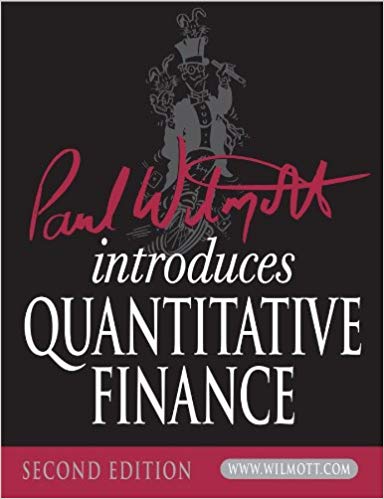Why do we need the condition S d < E to be able to value a down-and-out
Question:
Why do we need the condition Sd < E to be able to value a down-and-out call by adding together known solutions of the Black–Scholes equation (as in question 1)? How would we value the option in the case that Sd > E?
Fantastic news! We've Found the answer you've been seeking!
Step by Step Answer:
Related Book For 

Question Posted:





